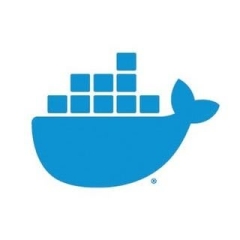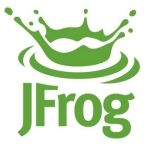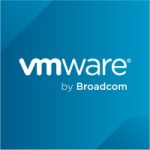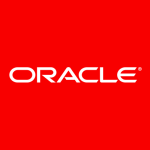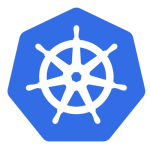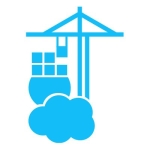I am able to containerize my application using Docker on my Docker account.
Deploying two solutions is much faster and easier for me on Docker. Docker makes deployment much simpler and more efficient.
The deployment is quite fast, which is beneficial.
I think Docker has done an excellent job on their website in illustrating the installation process and addressing any challenges that may arise.
Their website provides clear instructions for deploying Docker on various operating systems, including Mac, Linux, and Windows environments.
There is always room for improvement.
I often refer to forums such as StackOverflow to learn from other developers' experiences and the challenges they have faced while using Docker.
I have been using Docker for the last two years.
We are using the most recent version. I released the most recent update two or three days ago.
I prefer not to disclose that specific project at the moment because it is a personal one and not related to LiveScale.
I would rate the stability a nine out of ten.
I have used Apache Web Server.
The initial setup is straightforward.
It can be deployed in less than thirty minutes.
I was able to deploy it myself.
Regarding my last deployment, I used Docker as a containerization platform to package and deploy my application. As for the design, I purchased the Blue on the Bureau theme for $250 and used it on my Mac computer.
I found the deployment process to be quite straightforward.
It is installed on-premises on my local machine. However, whenever I need to make updates or changes, I push them to Git to maintain a version control account.
I prefer to pay on a monthly basis.
The pricing is reasonable.
Pricing is based on the number of users.
Based on my experience with Docker and the speed and ease of deployment it offers for various applications, I would highly recommend it to others.
I would rate Docker, a nine out of ten.

